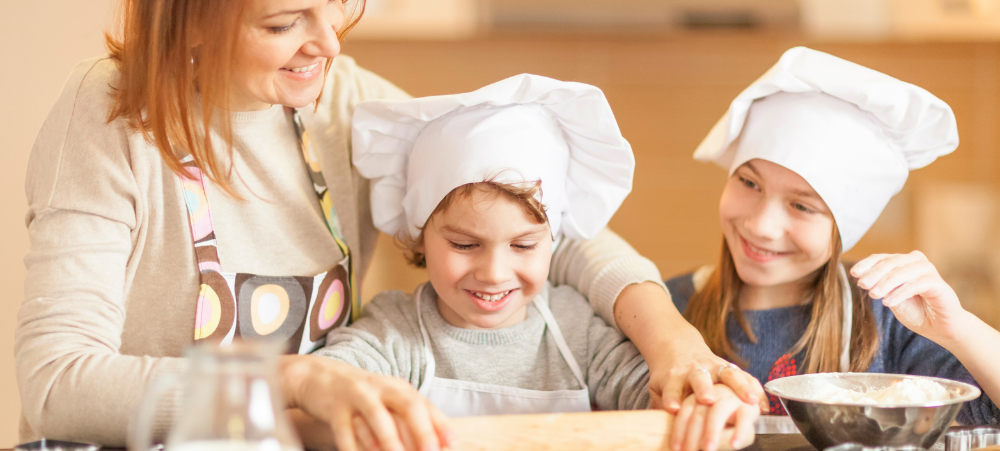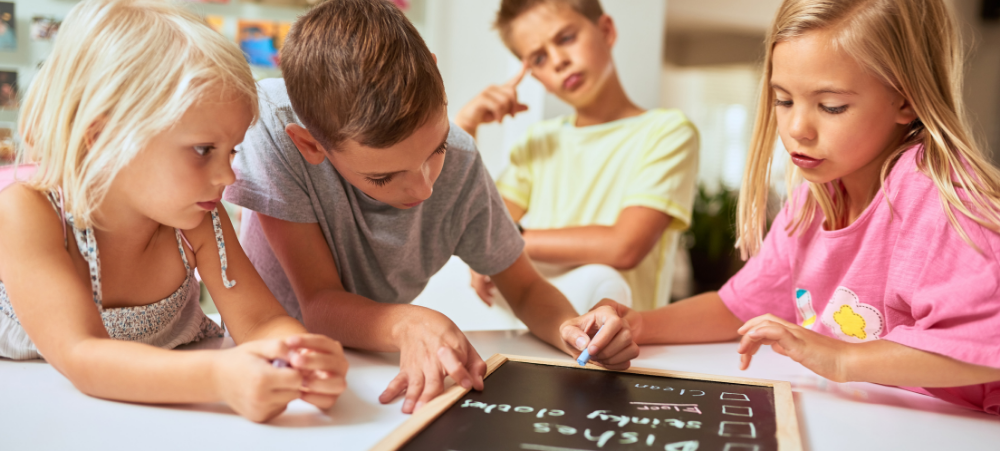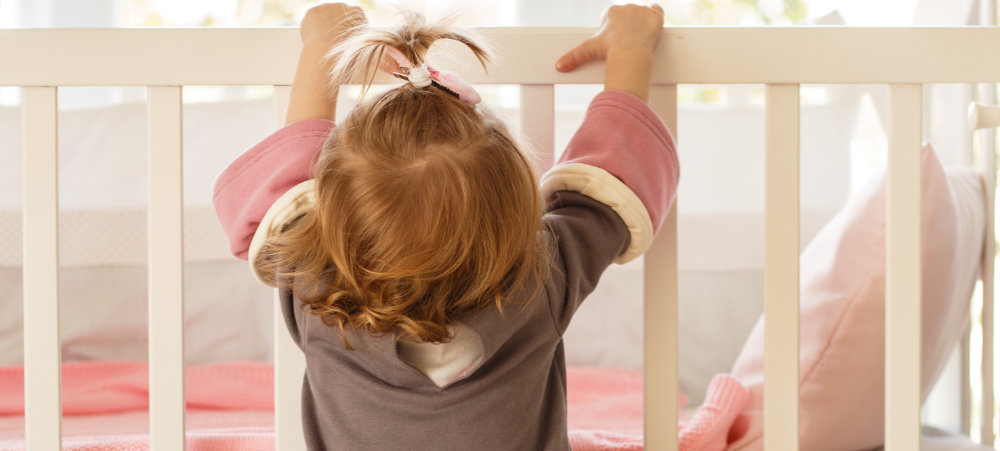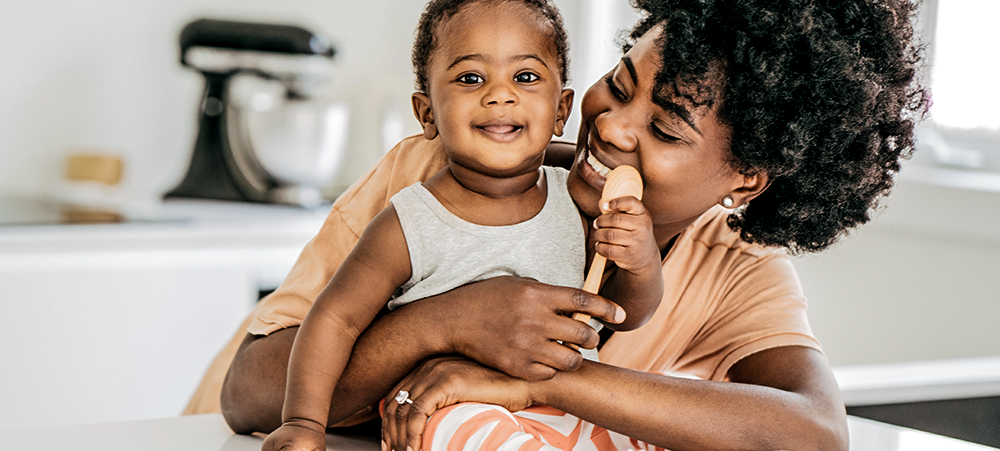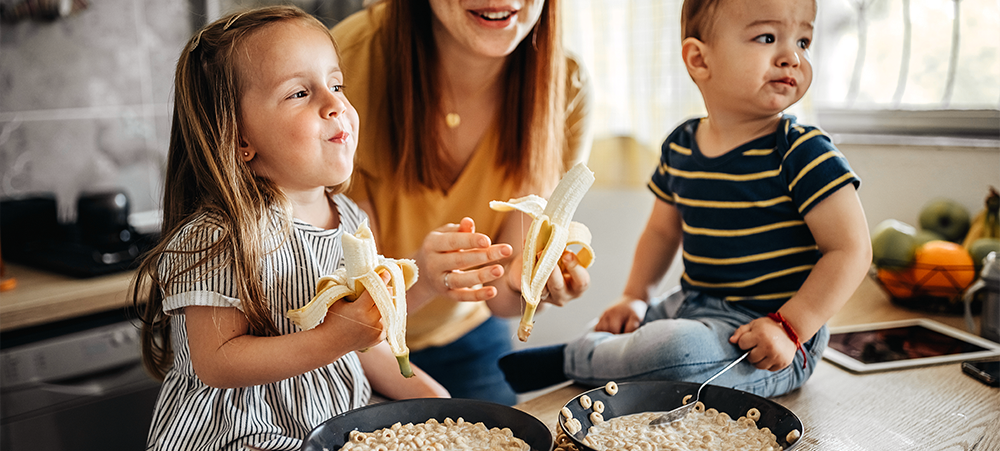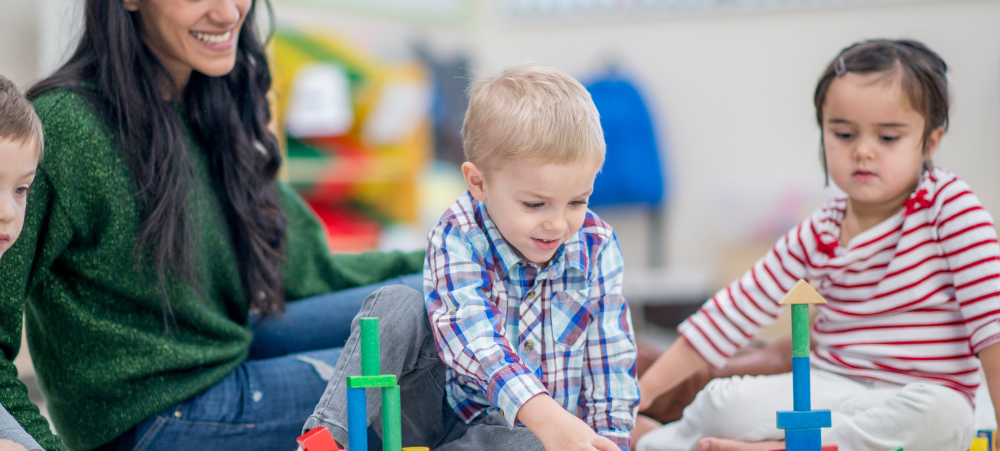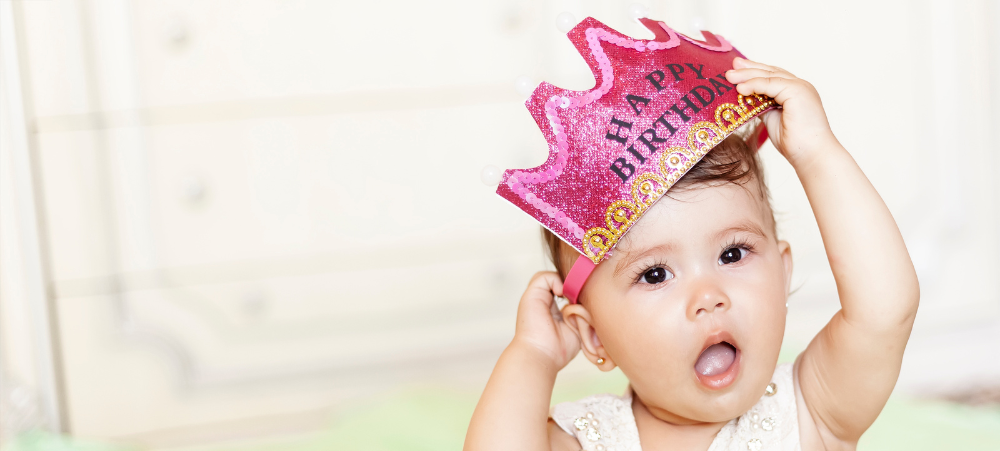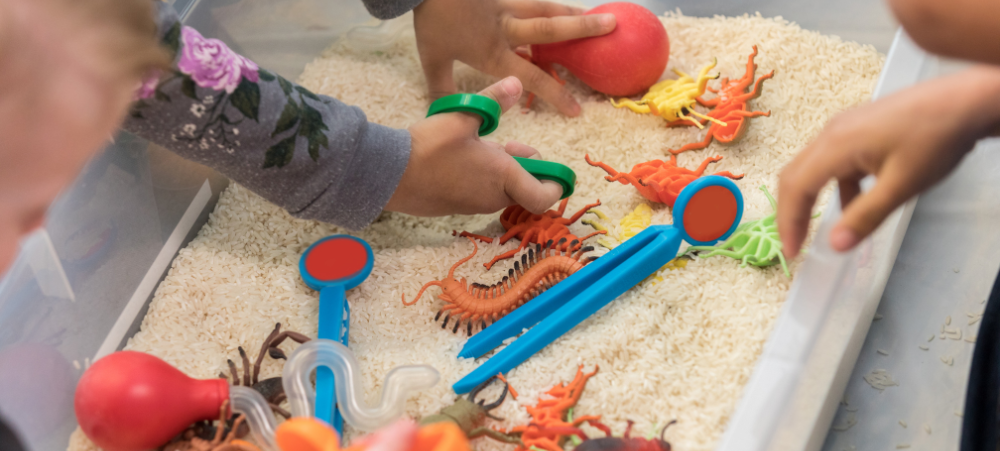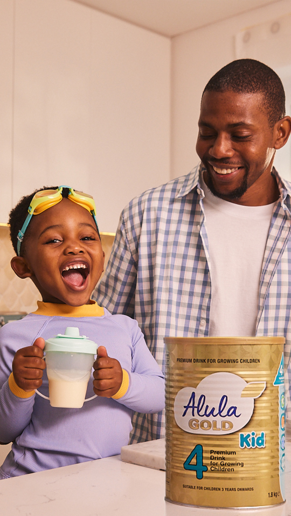Discipline vs punishment What really helps vulnerable children build confidence and self-control? As a normal part of their development, all children test boundaries and break rules, but how parents respond to these moments has an undeniable effect on their child, whether positive or negative. And this is magnified for vulnerable children who live with foster parents or who have been adopted. Parents are human too, and they have to navigate their own emotions while parenting, but it’s important that they carefully consider their responses to their children when they misbehave. This includes understanding the difference between punishment and discipline. Beverley Beukes, MD of Oasis Haven, a registered Child and Youth Care Centre in Johannesburg, explains that punishment is imposed on a child by their parent, after the fact. “The child misbehaves and the parent reacts to that behaviour, which frequently results in a power struggle and vicious cycle.” Discipline, by contrast, is established before the fact and is based on a child’s needs. A parent provides guidelines for their child and gives them latitude to work within those guidelines, establishing consequences for failing to do so. “The ultimate goal of parental discipline is to wrap just enough structure around a child so that they can begin to develop self-control, the precursor of self-discipline,” says Beukes. So what does healthy discipline look like? Aim for connection over control “An important premise to begin with is that discipline needs to happen in the context of connection. It can’t be about control – without connection, parents will constantly be trying to control behaviour,” explains Simone Oketch, social worker at Oasis Haven. Vulnerable children will often set out to test their parents. They may display aggressive, inappropriate and unkind behaviours to see how far they need to go before their new parents will reject them. Parents need to see beyond those behaviours, and stay focused on the long-term goals of attaching and forming a healthy relationship. “If you help your child calm down and connect with you, even when you are correcting their behaviour, you will create an environment where they can flourish,” says Oketch. Understand your child Parents often think of their child in terms of their chronological age, but it’s important to consider their emotional age too, which may be significantly younger in some cases. Parents need to adjust their expectations and the words they use when talking through boundaries to meet their child’s developmental stage. Approach discipline in small increments Behaviour change takes time. “Seeing the long-term picture can help parents avoid thinking of misbehaviour as failure – as a vulnerable child’s fear lessens, they will not always have an immediate fight, flight, or freeze reaction. During this process the child can learn the cause and effect of their actions,” says Beukes. Rethink more ‘traditional’ consequences Beukes and Oketch’s experience working with vulnerable children has given them unique insights into how to help these children flourish. “Children who have had multiple broken bonds or who have experienced abuse often do not respond well to traditional methods of discipline,” says Beukes. Things such as time out and being grounded, among other approaches, might exacerbate the problem. Many parents can become quite discouraged and confused when this happens. Hidings are one of the most unhelpful approaches adoptive and foster parents can use. It is also illegal to spank children in South Africa, so it’s important that parents avoid any physical punishment. Some practical tools parents can rather use include earning or losing privileges, charting children’s behaviour so they can see their own progress and stay motivated over the long term, providing choices, talking to their child about their feelings, having weekly family meetings, and getting professional support through a therapist. If a child is provided with consistent and effective discipline, not only will their behaviour improve, but so will their relationship with their parents. “All children need to know is that their parent’s love for them is unconditional,” says Oketch. Oketch and Beukes have written a guide called Strengthening Families in a South African Context, sponsored by Ambassadors for Good, which provides an overview of foster care, adoption and family preservation, as well as guidance for statutory and adoption social workers on supporting families. For more information, visit www.oasishaven.org. About Oasis Haven Oasis Haven is a registered Child and Youth Care Centre with two family homes in Robin Hills, Johannesburg, with capacity for 10 children in each home. But we are more than that – we are a big, loving, messy family made up of children, house parents, staff, volunteers, donors and the community we live and work in. Our vision is for every vulnerable child to be in a loving, forever family. Our mission is to break the cycle of vulnerable children by loving them as our own and working to provide family through adoption or in our Family Homes. We focus on quality care, education and therapy, rooted in faith.







